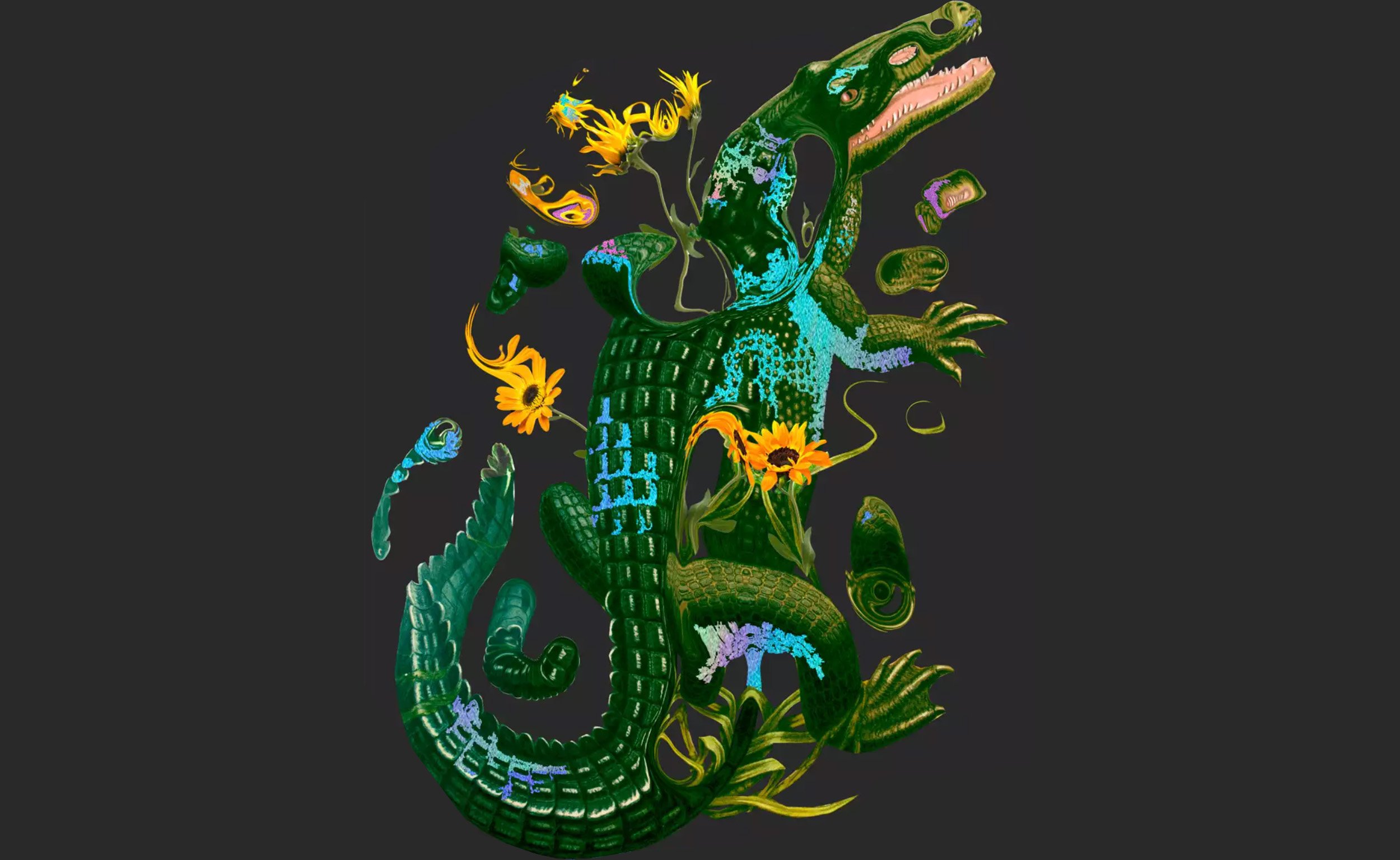
Want #TheTraitorJesseBun products, profits for which go to wildlife rescue?
Visit the hashtag #TheTraitorJesseBun on Facebook and Twitter for more on the bun.
In November of 2018, Ann and I bought a house on the edge of a small ravine here in Tallahassee. The heavily wooded bottom of the ravine provides an amazing greenway for all kinds of wildlife. Unfortunately, invasive plant species like air potato, nandina, and coral ardisia had choked out native species—with a resulting loss of insect and bird diversity, as well as no doubt putting a strain on the local box turtles, armadillos, and other species. Since moving in, we have removed most of the invasives and planted over 300 native plants. All without using herbicide or fertilizer (which is harmful). We have also discontinued use of pesticides. The resulting abundance of biodiversity has resulted in over 90 bird species seen in the yard along with dozens and dozens of bee, wasp, butterfly, and moth species.
It's worth noting that you can make a difference on a tiny budget. If you have a yard, just not mowing or not mowing part of the yard and leaving leaves alone will help the environment. Even committing to a small patch of native wildflowers can be of use. For those who don't have invasive plants to remove, a benign neglect that costs you nothing makes a real difference. One person posted about a few pots of native flowers they'd put on their balcony in a heavily urban area and showed a wealth of butterflies and bees that found it vital.
Here's a brief post on basic do's and don'ts that may be of use.
Here are a few photos from the yard, taken by me over the past 18 months. Eventually, I will have a primer on how to rewild your yard, but in the meantime, I would guide you to this Guardian article. If you're on twitter, you can also follow the adventures of #TheTraitorJesseBun, a rabbit who lives in our yard.










































